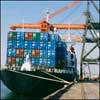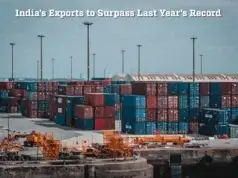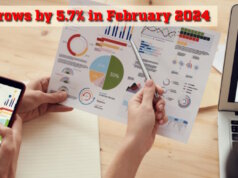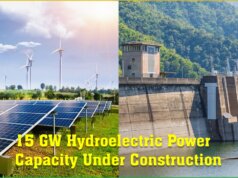The Middle East is investing heavily in its port infrastructure and shipping as it prepares to meet the dual challenge of changing global trade patterns and the continued increase in the size of cargo ships, according to international and regional maritime professionals gathered for the seventh biennial edition of Seatrade Middle East Maritime, which opened at the Dubai World Trade Centre on October 28.
The Gulf region’s ambitious expansion strategy will aim to capitalise on 4.5 per cent forecasted 2014 growth in global trade and the economies of scale presented by bigger ships and alliances, experts at the conference noted.
“Global trade this year will more than double the 2.2 per cent recorded in 2013 but higher operating costs, is leading to an increase in the number of larger vessels, putting pressure on port infrastructure and logistics,” said Chris Hayman, Chairman, Seatrade, organiser of Seatrade Middle East Maritime 2014.
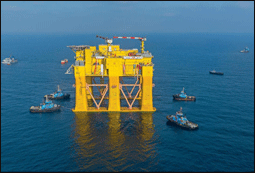
During his keynote address at the event, Jamal Majid Bin Thaniah, Vice Chairman, DP World, explained the necessity for investment in port infrastructure to accommodate ever larger vessels. “We have invested a further $850 million to build the new semi-automated Terminal 3 facility at our flagship Jebel Ali,” he said. “We have built Terminal 3 in response to both the increased size of our customers’ vessels and in response to changing trade patterns.”
Thaniah identified Africa and South America as areas in particular that call for greater infrastructure investment to facilitate their growth.
Speaking about the longevity of these latest global trends, Rashed Al Hebsi, CEO, Emirates Classification Society (TASNEEF), said, “I think this is going to be a long-term trend, especially with all the infrastructure developments that are happening. Bigger ships and increasing the size of ports is going to help to reduce costs and will have a positive impact on shipping in general.”
“Ten years ago, a 6,000 or 8,000 TEU ship was considered a large ship. Now that is almost like a feeder vessel. The trend of the growing size of vessels to 16, 18, 20 & 22,000 TEU puts a huge strain on ports as well,” Abdulkareem Al Masabi, Vice President, Abu Dhabi Ports Company, commented. “There’s a huge investment that you have to put into ports to stay competitive. It’s not just about the size of cranes or the size of the ports and the quay walls; there’s now the new technology of semi-automation that we have already invested in. Even that is growing on a very fast track.”
Khamis Buamim, Chairman, Drydocks World and Maritime World & Group CEO, felt that it was good to have a downturn and stabilise and that sometimes it was good to reconfigure our future to how we wanted it. He added that despite slow growth since the economic downturn in 2008, the Middle East finds itself placed at the centre of the emerging cross-formation of North South and East-West trade, a position that offered multiple opportunities.
Drydocks World, which delivered the largest capacity wind power high-voltage direct-current offshore platform ever built earlier this year, the DolWin Beta, now faces a capacity problem. Thanks to the group’s successful diversification into the offshore market, it now finds its services in high demand from the shipbuilding and offshore sectors.





